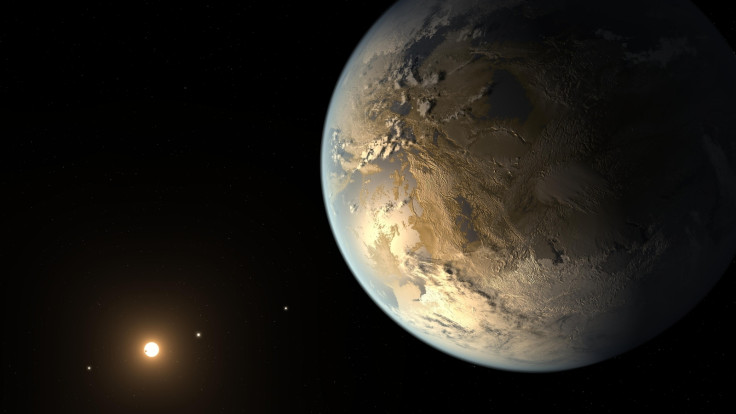Scientists rediscover 'lost world' that can help detect extra-terrestrial life, habitable planets
NGTS 11B disappeared after NASA's TESS found it in 2018.
Scientists' discovery of a lost planet could be a stepping stone in the search of alien life. The planet was reportedly discovered using a new technique developed by researchers at the University of Warwick in the UK.
The planet, known as NGTS-11b, is among the hundreds of planets that went missing. The rediscovery of this planet is expected to help scientists discover more habitable planets.
According to the press release on the university's website, the planet is located 620 light-years away and orbits a star that is five times closer than Earth is to its sun. It is the size and mass of Saturn and has orbital period of 35 days. Goldilocks zone is the range of distance with the right temperature for water to remain liquid and probably support life.
NGTS 11b is among the cooler planets that reside in the "Goldilocks Zone" or habitable planet zone of our solar system. And now, the researchers are hoping to identify these missing worlds that are cooler and might be capable of hosting life.
As per the release, the planet was first discovered by the Warwick-led team using the data from NASA's Transiting Exoplanet Survey Satellite (TESS) telescope. However, the planet disappeared because TESS only scans most sections of the sky for 27 days. Therefore, they can only be witnessed while passing their star.
Meanwhile, the astronomers at the university used a new method and a different telescope. They followed the star using a telescope at the Next-Generation Transit Survey (NGTS) in Chile. With this technology, they were able to observe the star for 79 nights for the second time after it was first founded.
"By chasing that second transit down we've found a longer period planet. It's the first of hopefully many such finds pushing to longer periods. These discoveries are rare but important, since they allow us to find longer period planets than other astronomers are finding. Longer period planets are cooler, more like the planets in our own Solar System," said Samuel Gill from the Department of Physics at the University of Warwick.
Gill reveals that NGTS-11b is only 160°C cooler than our neighbours Mercury and Venus.
"Although this is still too hot to support life as we know it, it is closer to the Goldilocks zone than many previously discovered planets which typically have temperatures above 1000°C," Gill added.
The study is published in Astrophysical Journal Letters.
Gill reveals that they will now be following hundreds of single transits that were detected by NASA using NGTS's telescopes in an attempt to discover extra-terrestrial life.

"This will allow us to discover cooler exoplanets of all sizes, including planets more like those in our own Solar System. Some of these will be small rocky planets in the Goldilocks zone that are cool enough to host liquid water oceans and potentially extra-terrestrial life," he concluded.
© Copyright IBTimes 2025. All rights reserved.





















